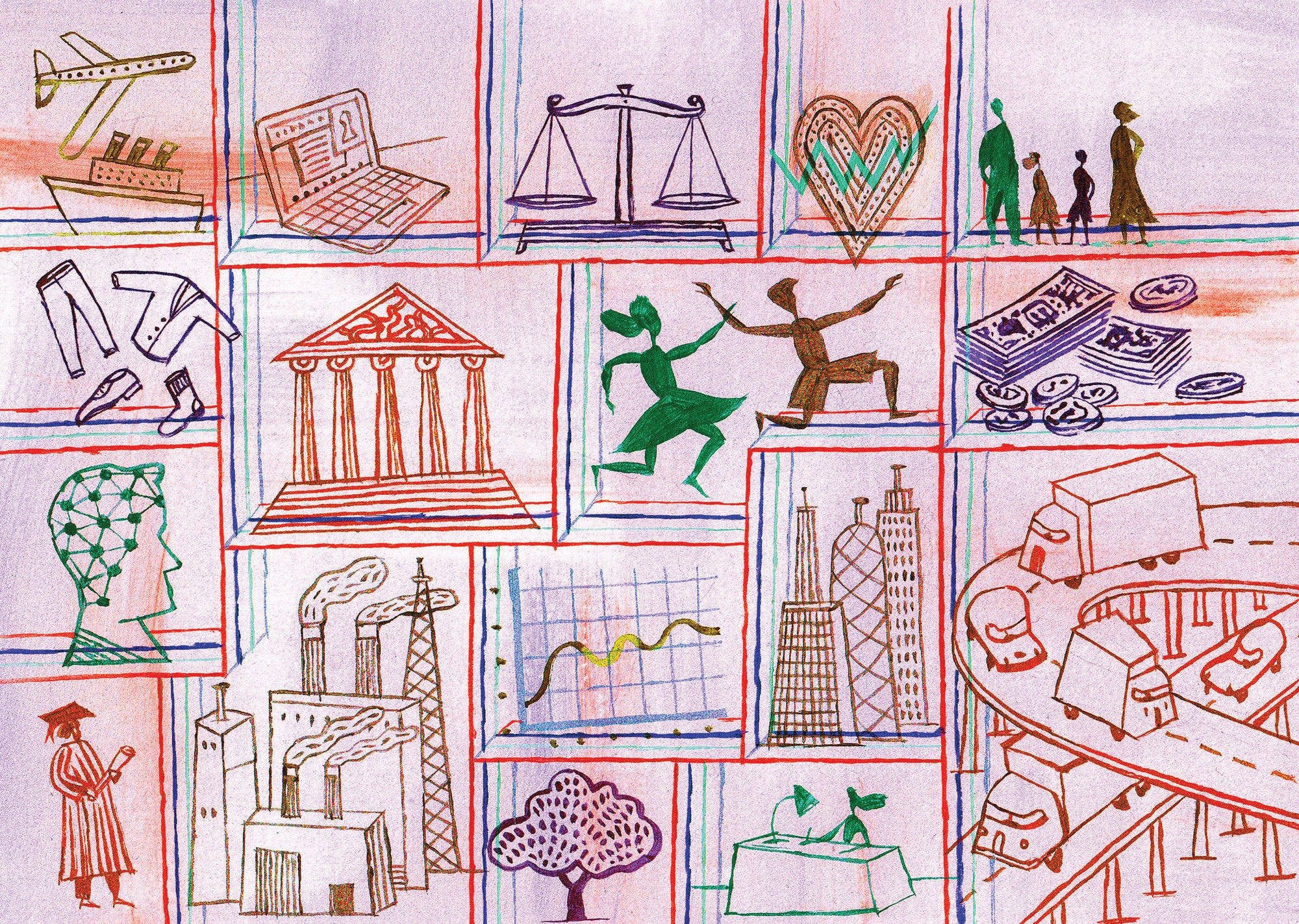Government spends its resources in various ways: by making transfers (e.g. subsidies and social benefits), by purchasing goods and services (e.g. vaccines for hospitals), by compensating employees, by making investments, among others. These expenditures allow the government to carry out its main functions of providing goods and services to the population and, based on societal agreements, redistributing income. Disaggregating expenditures by economic transaction can indicate the composition of governments’ spending and its margin of manoeuvre for modifying the allocation of public funds.
In 2017, 40.9% of general government expenditures accross OECD countries were allocated to social benefits, encompassing pensions and other entitlements, representing an increase of 4.2 p.p. since 2007. Compensation of employees was the second-largest economic transaction (22.8% of government expenditures), which decreased 1.3 p.p. since 2007.
Regarding social benefits, Japan, spent the largest share on this transaction (54.9%), while Mexico, spent the smallest (9.7%). Such differences are largely driven by different demographic profiles as old age pensions represent the most important spending category in Japan while Mexico remains a comparatively young society with a relatively weak social protection system. Hungary has reduced the share spent on social benefits the most (-6.3 p.p. from 2007), a trend mainly driven by a reduction of unemployment benefits and an increase in the restrictions to access disability benefits.
The three countries that spent the largest share on social benefits Japan, Germany and the Netherlands, recorded the lowest shares of expenditure on compensation of employees (14.0%, 17.1% and 19.6% respectively) in line with having comparatively low levels of public employment (see Public Sector Employment for more information). In turn, Iceland and Mexico, spent the largest share of their public expenditures on the compensation of employees (32.4% and 32.0%, respectively), yet the explanation differs. Social benefits in Iceland are comparatively low, as only minimal pensions are funded through taxes, and the bulk of the system is managed by private funds, resulting in a higher relative weight for the compensation-spending category. Additionally, and in a similar way to other Scandinavian countries public sector employment is comparatively high in Iceland. In the case of Mexico, the public sector is relatively small indicating high levels of compensation, particularly for senior positions, within the administration. The Czech Republic and the Slovak Republic have increased the share allocated to compensating employees the most since 2007 (+2.9 p.p. each). Despite modest increases, compensation levels in the Slovak Republic are still the lowest in OECD countries. Portugal reduced its share the most (-5.5 p.p.), explained by a reduction of public sector remunerations and personnel in 2010-15 as a response to the 2007-08 economic crisis
OECD countries spent 9.5% on capital expenditures in 2017, a decrease of 1.5 p.p. from 2007. Still, there were variations throughout the period as, in general, investment increased significantly during the implementation of countercyclical measures following the crisis. In 2017, Korea spent the largest share among OECD countries on capital expenditures (18.8%); however, it decreased by 4.8 p.p. since 2007.
